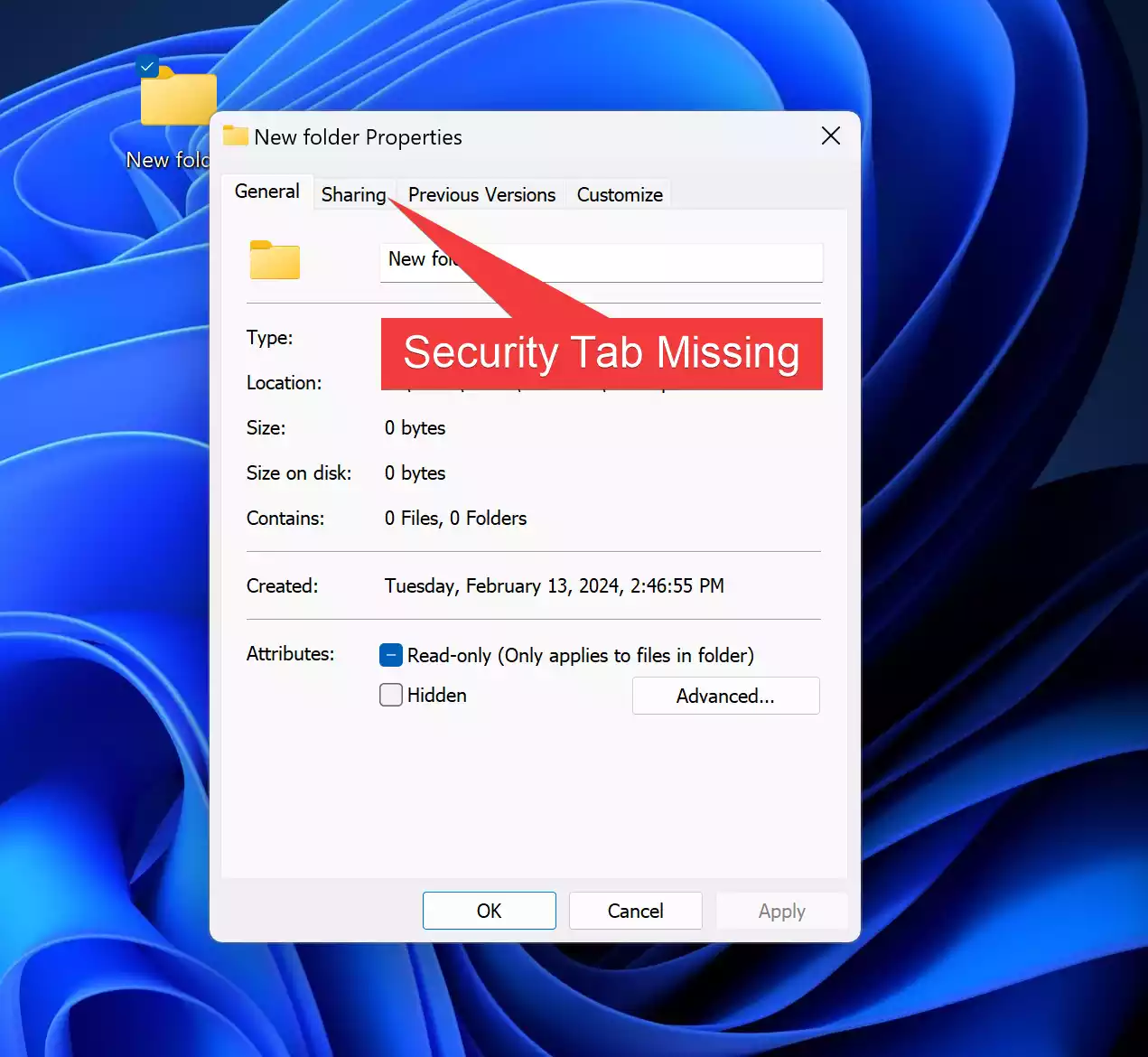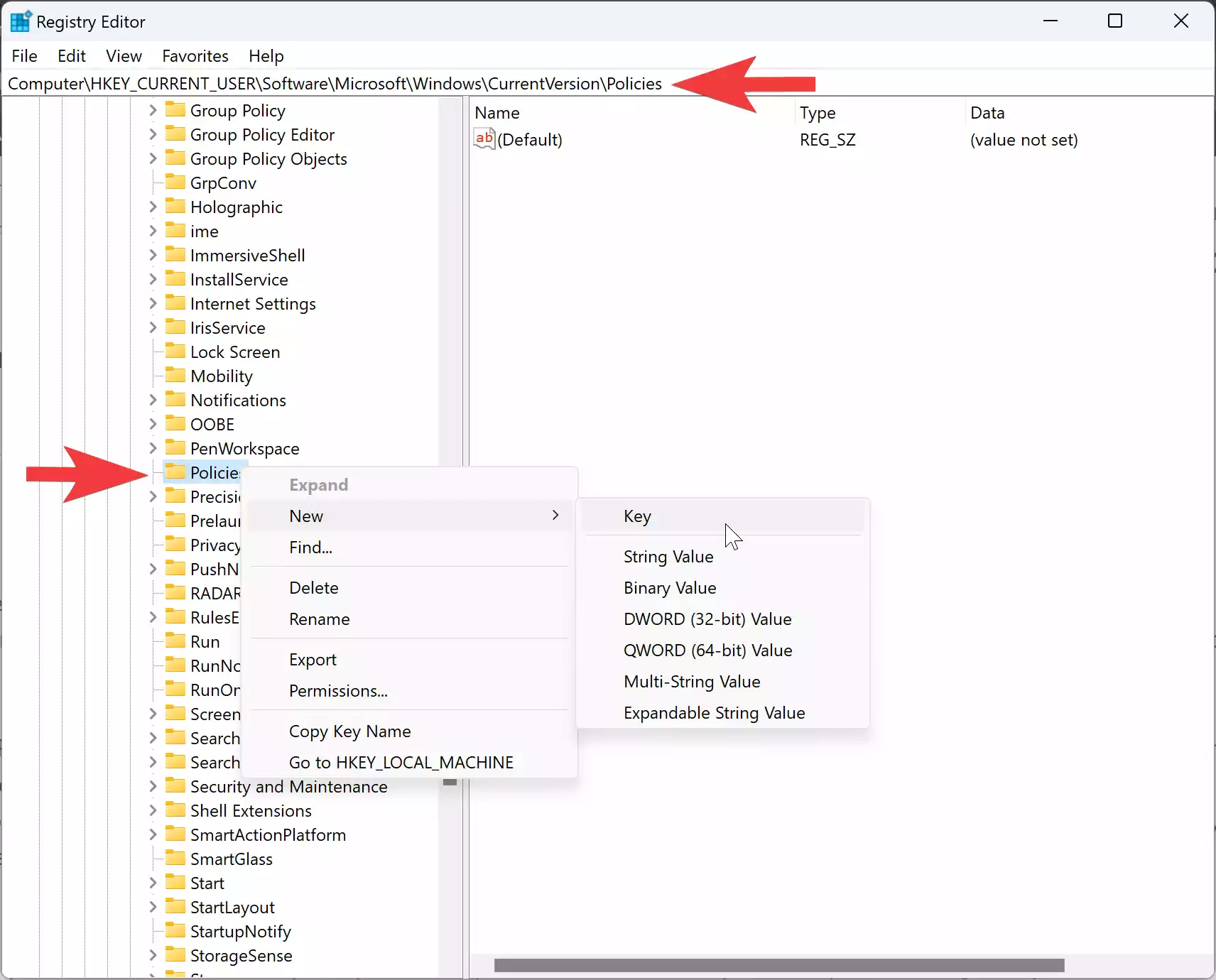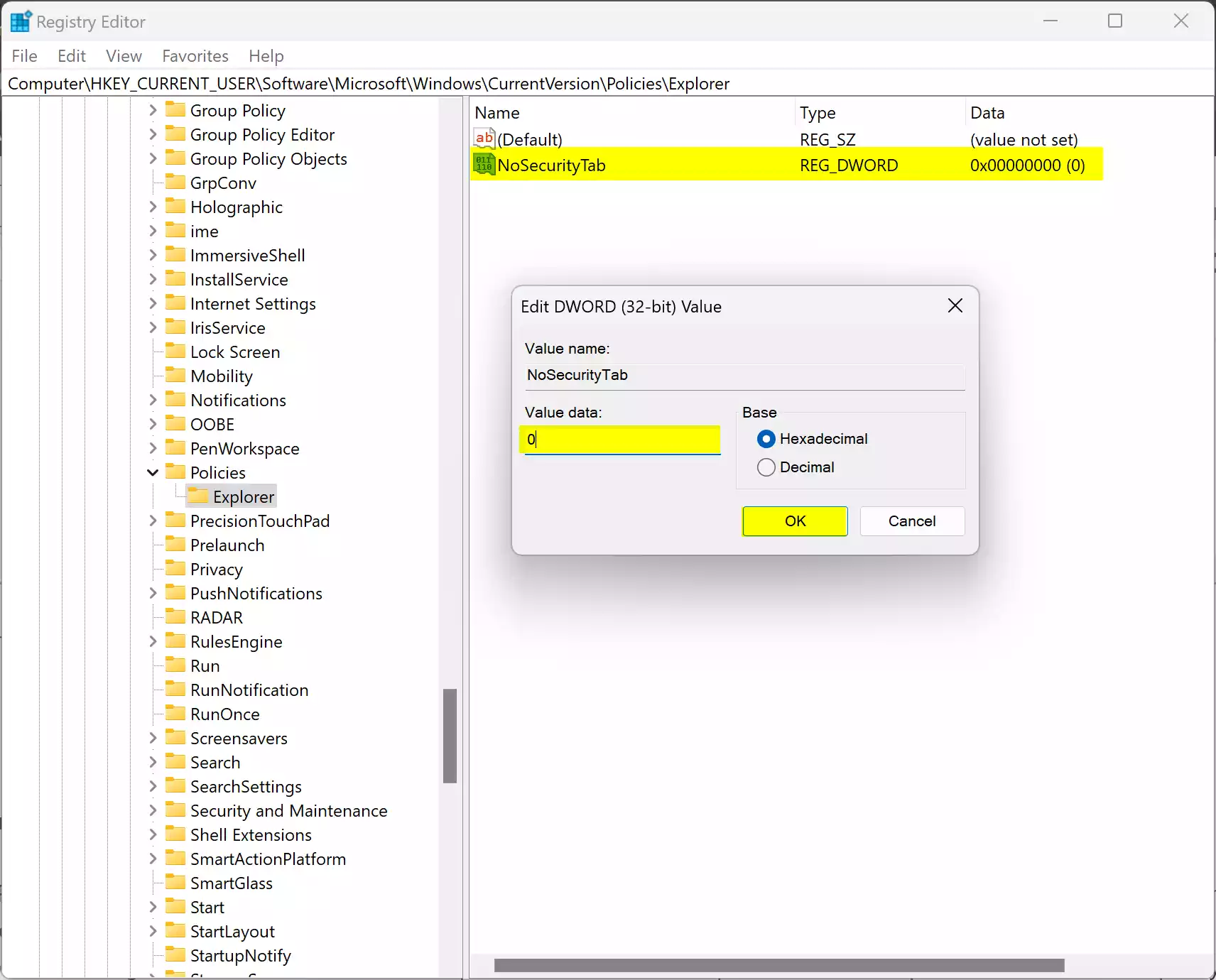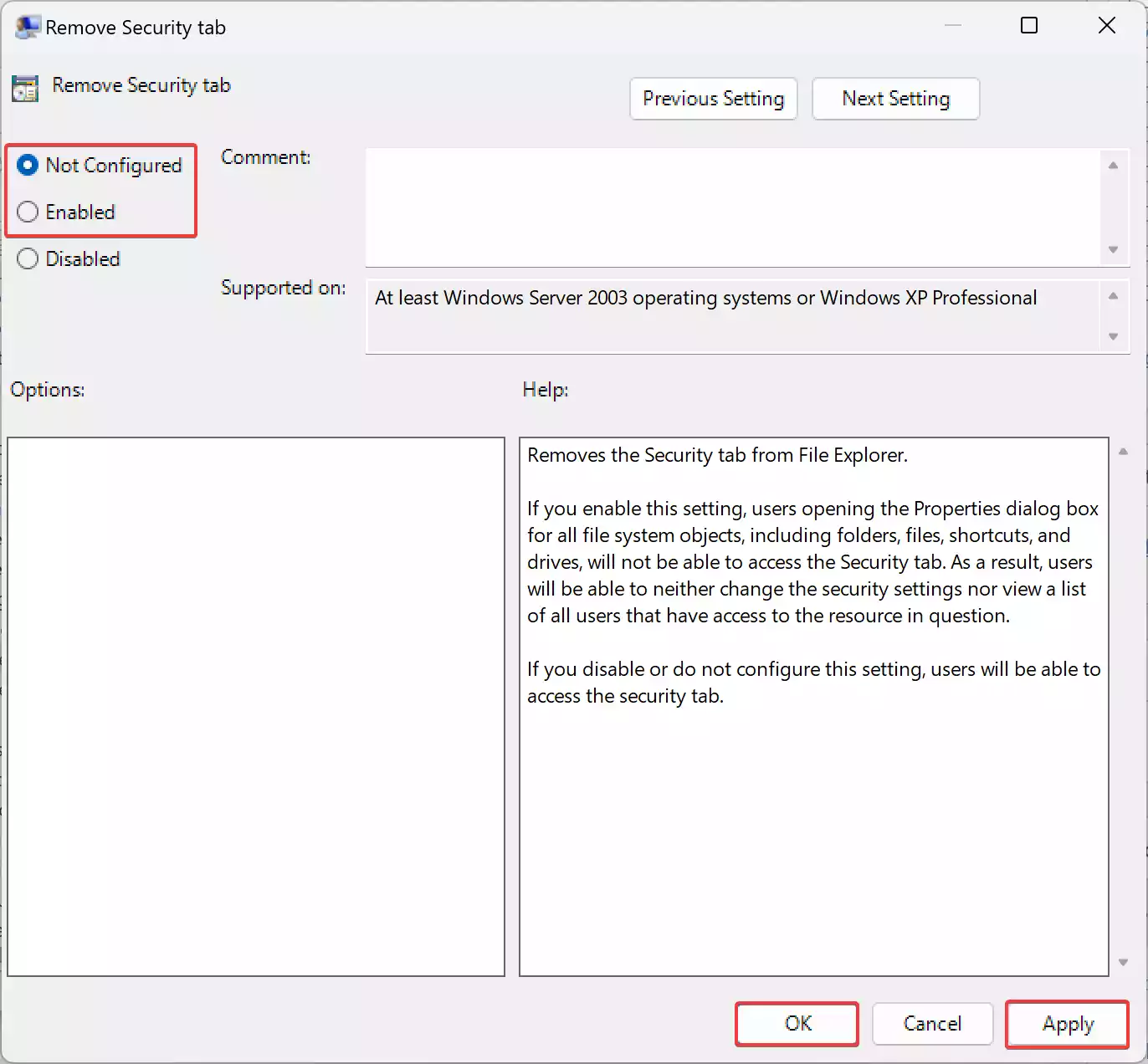In the intricate ecosystem of Windows operating systems, the ability to manage file and folder security is paramount. Central to this management is the Security tab within folder properties, providing users with granular control over permissions and access rights. Understanding how to add or remove this tab can empower users to tailor security settings to their specific needs. This gearupwindows guide aims to demystify the process, equipping users with the knowledge to navigate folder security with ease on Windows 11 or 10.

Understanding the Significance of the Security Tab
Before delving into the practicalities of adding or removing the Security tab, it’s essential to grasp its significance. The Security tab serves as a gateway to managing access control lists (ACLs), allowing users to define who can access, modify, or delete files and folders. Through this tab, users can assign permissions to individual users or groups, ensuring data security and integrity.
How to Add or Remove a Security Tab on Windows 11 or 10 Folder Properties?
To add or remove the Security tab on Windows 11 or 10 folder properties, follow these steps:-
Method 1: Using Registry Editor
Step 1. Open Windows Registry Editor by pressing `Windows Key + R`, typing `regedit`, and hitting Enter.
Step 2. Once done, browse to the following key in the left sidebar of Registry Editor:-
HKEY_CURRENT_USER\Software\Microsoft\Windows\CurrentVersion\Policies

Step 3. Under the Policies key, look for the Explorer subkey. If it does not exist, right-click on the Policies key and select the New > Key option.
Step 4. Name the new key as “Explorer.”
Step 5. Then, right-click on the “Explorer” folder and select “New > DWORD (32-bit) Value.”

Step 6. Name the newly created REG_DWORD to `NoSecurityTab` on the right sidebar.

Step 7. Double-click on NoSecurityTab REG_DWORD and set its “Value data” to the following:-
- 0 = Add Security Tab
- 1 = Remove Security Tab

Method 2: Using Group Policy
Step 1. Launch the Local Group Policy Editor by pressing `Windows Key + R`, typing `gpedit.msc`, and hitting Enter.
Step 2. Browse to the following folder in the left sidebar:-
User Configuration > Administrative Templates > Windows Components > File Explorer

Step 3. On the right sidebar, double-click on the policy name “Remove Security tab” to open it.

Step 4. Select the “Not Configured” or “Disabled” option to show the Security tab. In case you want to hide the Security tab, choose the Enabled option.
Step 5. Click Apply and then OK to save the changes.
Conclusion
Mastering file security on Windows 11 or 10 involves understanding how to add or remove the Security tab from folder properties. Whether through registry modifications or group policy adjustments, users can tailor file security settings to their specific requirements. By following the steps outlined in this guide, users can navigate the intricacies of folder security with confidence, ensuring data integrity and confidentiality in their computing environment.